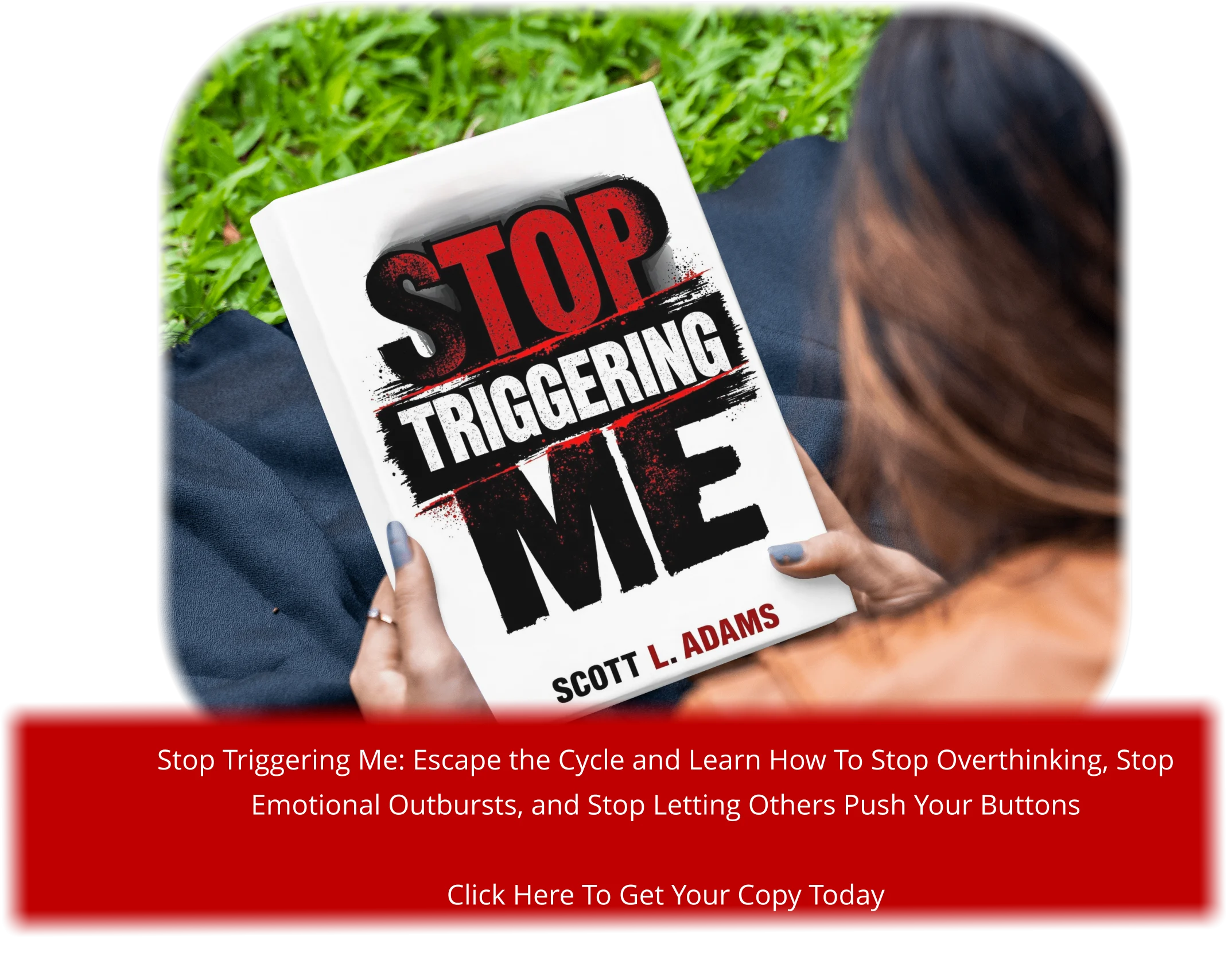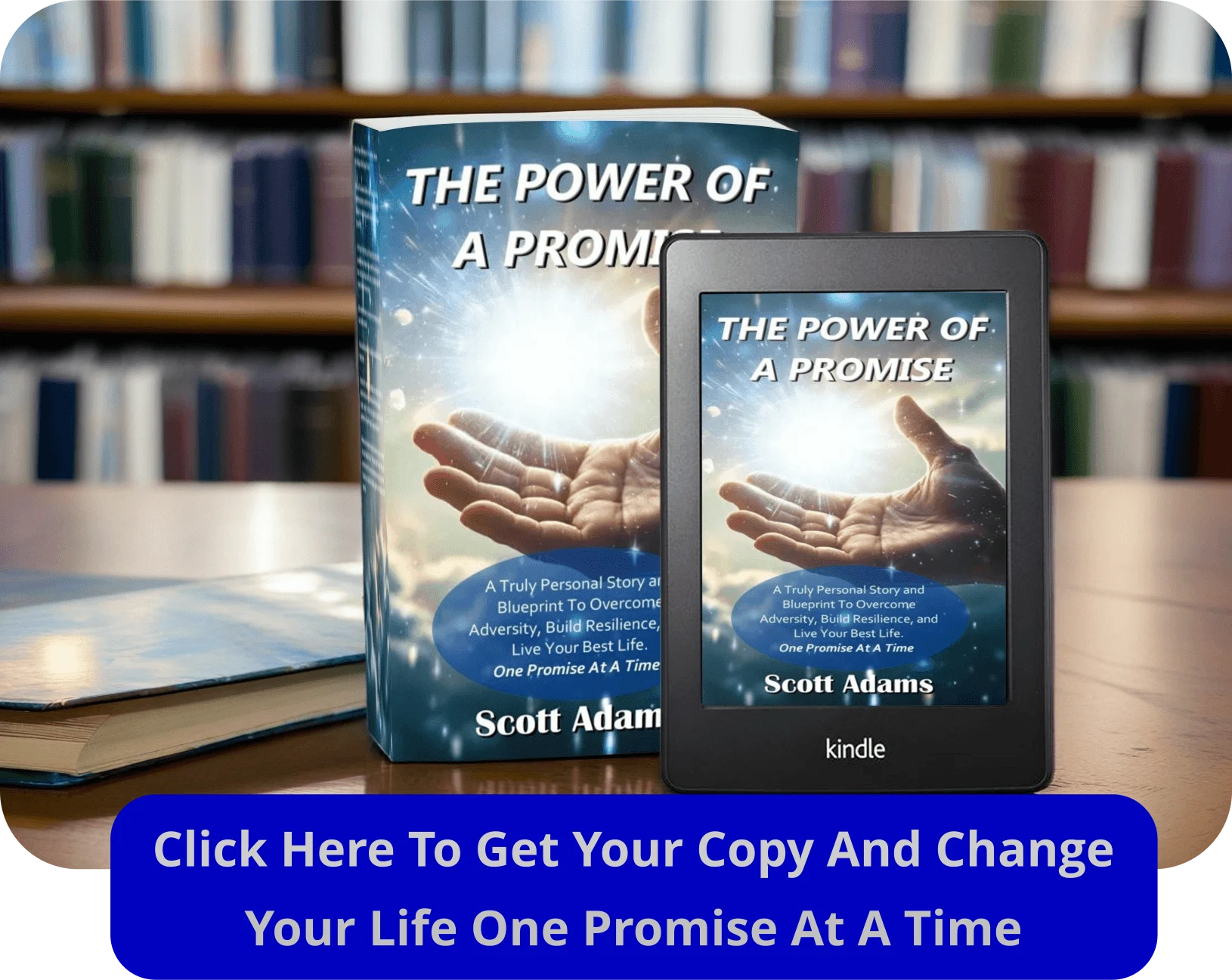Have you ever felt overwhelmed by a wave of emotion that just wouldn’t let go? Maybe it was after a tough conversation or a stressful day at work. I’ve been there too. That lingering feeling, what Eric Berne called the “afterburn,” can last for minutes or even days, depending on the situation1.
It’s like your body and mind are stuck in a loop, replaying the same thoughts over and over. But here’s the good news: you don’t have to stay there. Experts like Dr. Karl Albrecht, a thought leader in understanding intelligence, suggest that we all have an internal switch to restore balance1.
This isn’t about suppressing your feelings. It’s about taking control and finding ways to shift your focus. Simple practices, like changing your environment or engaging in gratitude, can make a big difference2. Over time, these small steps can transform how you handle stress and improve your overall well-being.
Think of it as a skill you can build with practice. The more you use your personal reset switch, the easier it becomes to regain control. It’s not just about feeling better in the moment—it’s about creating a healthier, more balanced life.
Key Takeaways
- Overwhelming feelings can linger, but you can take steps to regain control.
- Eric Berne’s “afterburn” effect explains why emotions can persist long after the event.
- Dr. Karl Albrecht’s insights highlight the importance of restoring emotional balance.
- Simple practices, like gratitude or changing your environment, can help shift your focus.
- Building a personal reset switch takes practice but can improve mental health over time.
Understanding Your Emotional Landscape
Ever wondered why some feelings linger longer than others? It’s not just about the moment—it’s about how your body and mind process what happens. Drawing on insights from Eric Berne, we know that emotional disturbances can create a prolonged arousal, often called the “afterburn effect”3. This means the intensity of an experience doesn’t always fade quickly.
Recognizing Triggers and the Afterburn Effect
Identifying what sets off your stress is the first step to regaining control. Triggers can be anything—a comment, a memory, or even a tone of voice. The key is to sense when you’re reacting and take a moment to pause. This awareness helps you understand why certain feelings stick around longer than others4.
For example, I once found myself replaying a tough conversation for hours. It wasn’t until I recognized the trigger—a specific phrase—that I could start to let it go. This is where the time it takes to return to baseline becomes crucial. Everyone’s recovery period is different, but understanding your triggers can make the process smoother.
Distinguishing Reflexive Reactions from Mindful Responses
When emotions hit, it’s easy to react without thinking. These reflexive responses are automatic, but they don’t always serve us well. The goal is to shift toward mindful, intentional reactions. This takes practice, but it’s worth the effort5.
One way to start is by paying attention to your body. Notice when your heart races or your shoulders tense. These physical cues can signal that you’re off your emotional baseline. By tuning into these signals, you can take a step back and choose how to respond instead of reacting impulsively.
Over time, this practice becomes second nature. You’ll find yourself better equipped to handle stress and navigate challenging situations. It’s not about avoiding emotions—it’s about understanding them and responding in a way that empowers you.
Setting Up Your Personal Emotional Reset Switch
What if you could pause intense feelings with a simple touch? It’s not magic—it’s about training your attention to recognize when you’re off balance and using a physical cue to restore calm. This method taps into your body’s natural ability to regulate energy and emotions6.
Identifying a Convenient and Discreet Touchpoint
Start by choosing a spot on your body that’s easy to access, like your forehead or wrist. This becomes your personal reset switch. When you feel anger or stress rising, a gentle touch here can interrupt the surge and help you regain focus7.
I’ve found that placing my hand on my forehead works wonders. It’s discreet, and the act itself signals my brain to pause and recalibrate. This simple move can shift your energy and bring you back to a calmer state.
Establishing Your Baseline of Calm
Your baseline is the state where you feel centered and in control. To find it, practice deep breathing or mindfulness daily. Over time, this helps your intelligence recognize when you’re off balance6.
For example, I once used this method during a heated discussion. By touching my reset point, I interrupted the emotional surge and regained clarity. It’s a skill that gets easier with practice and can improve your overall health.
Remember, the goal isn’t to avoid emotions but to manage them effectively. By paying attention to your body and using your reset switch, you can navigate intense feelings with greater ease and understanding.
Effective Emotional reset techniques
When stress hits hard, how do you regain your focus? It’s a challenge we all face, but there are simple ways to shift your attention and find calm. One effective method is using physical cues to redirect your thoughts. These small actions can make a big difference in the heat of the moment8.
Redirecting Focus with Physical Cues
Physical cues are gestures or movements that help you break free from overwhelming feelings. For example, placing your hand on your chest or tapping your wrist can signal your brain to pause and refocus. This technique works because it interrupts the stress response and brings you back to the present moment9.
I’ve found that using these cues helps me stay grounded, especially during tough conversations. It’s a simple yet powerful way to regain control and lower stress. The key is to practice these actions regularly so they become second nature.
Repeating the Action to Disrupt Intense Emotions
Repetition is key to making these techniques work. When you repeat a physical cue, like deep breathing or a gentle touch, it reinforces the habit and strengthens your ability to manage stress. Over time, this practice can lead to greater success in handling challenges10.
For instance, I once used a repeated gesture during a high-pressure meeting. By tapping my fingers lightly on the table, I was able to stay calm and focused. It’s a reminder that even small actions can have a big impact.
Incorporating mindfulness into these practices can also enhance their effectiveness. Paying attention to your body and the present moment helps you respond to stress with clarity and purpose. It’s not about avoiding challenges but facing them with confidence and resilience.
Mind-Body Connection: Healing Through Self-Expression
How often do you feel stuck in a cycle of unexpressed emotions? It’s a common struggle, but there’s a way to break free. By connecting your mind and body, you can process feelings in a healthy, transformative way. This approach not only helps you release pent-up emotions but also turns challenges into opportunities for growth11.
Expressing Emotions Authentically with Your Body
Your body is a powerful tool for emotional release. Activities like dancing, yoga, or even stretching can help you let go of tension. Studies show that 80% of people feel relief after engaging in physical activities that allow for emotional release11. It’s about moving in a way that feels natural to you.
I’ve found that dancing to my favorite music helps me clear my head and reconnect with myself. It’s a simple yet effective way to release stress and regain balance. The key is to listen to your body and let it guide you.
Journaling and Mindfulness Practices for Release
Writing down your thoughts can be incredibly freeing. Journaling helps you process emotions and gain clarity. Research shows that regular journaling increases emotional clarity by 30%11. Pairing this with mindfulness practices, like deep breathing, can create a powerful strategy for emotional healing.
I start my day with a few minutes of journaling. It helps me set the tone for the day and manage stress more effectively. Over time, this practice has become a cornerstone of my self-care routine.
Transforming Negative Feelings into Growth Opportunities
Negative emotions don’t have to hold you back. By acknowledging and processing them, you can turn them into lessons. Establishing a home routine for emotional release helps systematize self-care and builds resilience11.
For example, I once used journaling to process a difficult situation. By reflecting on my feelings, I gained insights that helped me grow. It’s not about avoiding challenges but facing them with courage and understanding.
By integrating these practices into your day, you can create a healthier, more balanced life. It’s a journey, but one that’s worth taking.
Harnessing Emotional Intelligence for Long-Term Balance
What does it take to stay calm when life gets tough? The answer lies in emotional intelligence, a skill that helps you navigate stress and build resilience. Experts like Daniel J. Siegel highlight its importance in maintaining long-term balance, even when faced with recurring triggers and physical pain12.
Emotional intelligence is about understanding and managing your feelings. It includes self-awareness, self-regulation, empathy, and social skills. These attributes help you process emotions before they overwhelm you13. For example, when I feel a trigger rising, I pause and take a deep breath. This simple act helps me regain control and respond thoughtfully.
Building Self-Awareness and Resilience
Self-awareness is the foundation of emotional intelligence. It’s about recognizing your emotions and understanding how they affect your mind and body. Studies show that regular mindfulness practices can improve emotional awareness by 30%12. This awareness helps you identify triggers and manage them effectively.
Resilience grows when you practice emotional regulation. Techniques like journaling or mindfulness can reduce stress and improve emotional well-being. I’ve found that writing down my thoughts helps me process feelings and gain clarity. Over time, this practice builds a stronger internal support system.
Practical Methods for Emotional Support
When emotions feel overwhelming, small actions can make a big difference. Quick stress relief techniques, like deep breathing or grounding exercises, can balance your nervous system12. These methods help you stay present and reduce the impact of external stressors.
Another effective strategy is reframing negative thoughts. Instead of focusing on pain, try to see challenges as opportunities for growth. This shift in perspective can boost confidence and improve overall emotional well-being13.
Building emotional intelligence takes time, but the benefits are worth it. By anticipating triggers and responding healthily, you can create a more balanced and fulfilling life. Remember, real support comes from within—strengthen your emotional reserves, and you’ll find the resilience to face any challenge.
Integrating Emotional Practices in Daily Life
Do you ever find yourself reacting to stress without thinking? It’s easy to let daily pressures take over, but there are ways to stay in control. By integrating simple practices into your routine, you can manage stress and maintain a healthy state of mind. This isn’t about perfection—it’s about progress.
Addressing Everyday Stress and Emotional Triggers
Everyday stress can feel overwhelming, but recognizing your triggers is the first step. Whether it’s a tough meeting or a hectic home life, identifying what sets you off helps you respond rather than react. Studies show that mindfulness practices can reduce anxiety by up to 30%14. This awareness allows you to take a moment and regain control.
For example, I’ve found that taking a few deep breaths before responding to a stressful email helps me stay calm. It’s a small action, but it makes a big difference in my well-being. Over time, these habits become second nature, helping you navigate challenges with ease.
Customizing Your Emotional Toolkit for Home and Work
Your emotional toolkit should work for both home and business settings. Start by identifying practices that fit your lifestyle. Physical activities, like stretching or walking, can reduce stress by 20%14. These exercises not only strengthen your body but also your emotional muscles.
At work, try setting reminders to check in with your state of mind. A quick pause to assess how you’re feeling can prevent negative reactions. I’ve found that journaling at the end of the day helps me process emotions and prepare for the next day. It’s a simple way to support your overall well-being.
Remember, the goal is to create a balanced routine that works for you. By customizing your toolkit, you can handle stress more effectively and maintain a sense of control in every area of your life.
Conclusion
What if you could transform your daily struggles into moments of growth? This guide has explored how to express emotion in healthy ways, empowering you to take control of your feelings. By embracing your emotions, you not only improve your own well-being but also set a powerful example for your child and those you share your life with15.
Overcoming shame is a crucial step in this journey. When you let go of judgment, you create space for authenticity and growth. Remember, even a child’s simple act of expression can be a powerful indicator of emotional health when nurtured correctly15.
Take the insights shared here as one clear path toward balance. Each moment is an opportunity to learn and grow. I encourage you to share your experiences and insights, becoming part of a community that supports emotional well-being16.
Start today. Use these strategies to express emotion freely and authentically. The journey is personal, but the rewards are worth it. Together, we can create a healthier, more balanced life.







